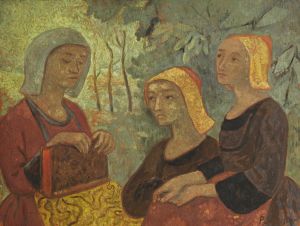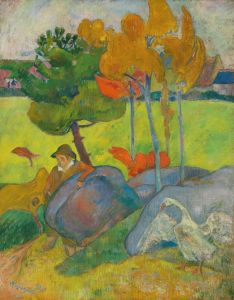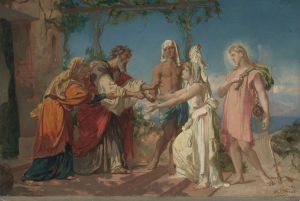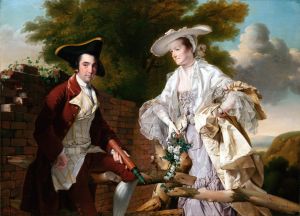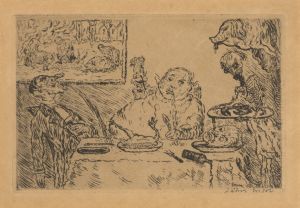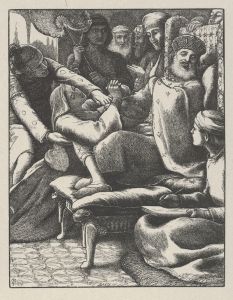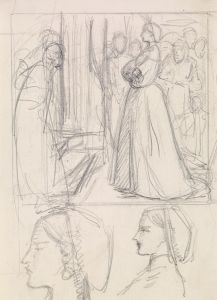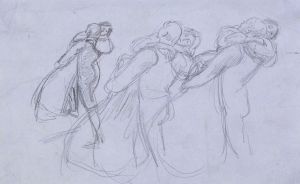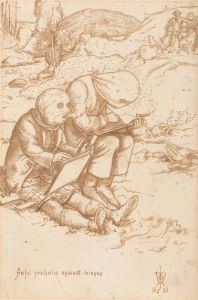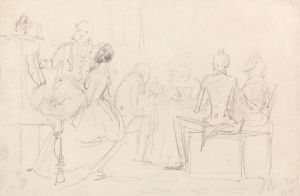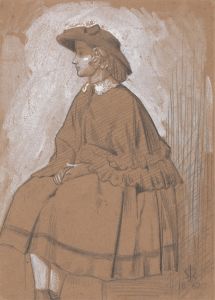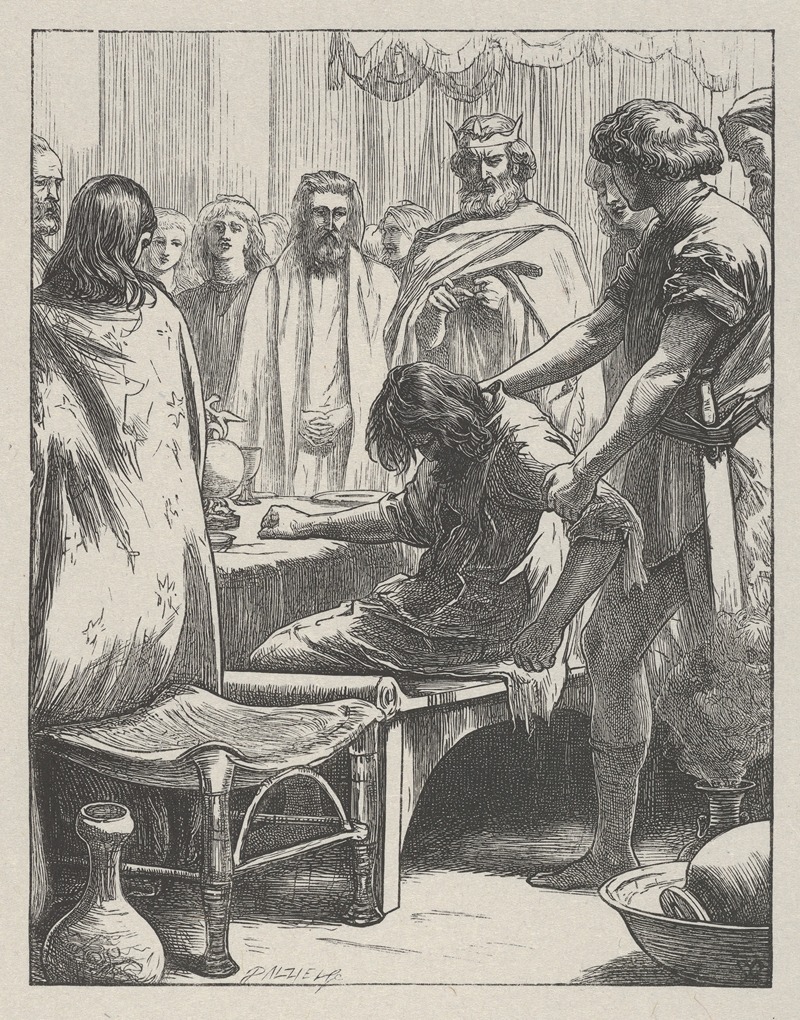
The Marriage Feast
A hand-painted replica of Sir John Everett Millais’s masterpiece The Marriage Feast, meticulously crafted by professional artists to capture the true essence of the original. Each piece is created with museum-quality canvas and rare mineral pigments, carefully painted by experienced artists with delicate brushstrokes and rich, layered colors to perfectly recreate the texture of the original artwork. Unlike machine-printed reproductions, this hand-painted version brings the painting to life, infused with the artist’s emotions and skill in every stroke. Whether for personal collection or home decoration, it instantly elevates the artistic atmosphere of any space.
"The Marriage Feast" is a painting by Sir John Everett Millais, a prominent English painter and one of the founding members of the Pre-Raphaelite Brotherhood. The painting, completed in 1859, is an exemplary work that showcases Millais' meticulous attention to detail and his commitment to the Pre-Raphaelite principles of vivid color, complex compositions, and an emphasis on realism.
Millais was known for his ability to capture intricate details and convey deep emotional narratives through his art. "The Marriage Feast" is no exception, as it depicts a scene filled with rich symbolism and historical references. The painting illustrates a wedding banquet, a common subject in art history, but Millais' interpretation is unique in its execution and attention to the subtleties of human interaction.
The composition of "The Marriage Feast" is carefully structured, with a central focus on the bride and groom, surrounded by their guests. The figures are arranged in a manner that draws the viewer's eye across the canvas, encouraging a deeper exploration of the scene. Each character is rendered with precise detail, from their facial expressions to the textures of their clothing, reflecting Millais' dedication to realism.
One of the notable aspects of the painting is Millais' use of color. The vibrant hues and intricate patterns of the garments worn by the figures are characteristic of the Pre-Raphaelite style. The artist's skillful use of light and shadow adds depth to the scene, enhancing the three-dimensional quality of the figures and their surroundings.
"The Marriage Feast" also reflects Millais' interest in historical and literary themes. The setting and costumes suggest a medieval or Renaissance context, which was a popular choice among Pre-Raphaelite artists who often drew inspiration from these periods. This historical context adds a layer of narrative depth to the painting, inviting viewers to consider the cultural and social dynamics of the time.
In addition to its aesthetic qualities, "The Marriage Feast" is significant for its place in Millais' body of work. By 1859, Millais had already established himself as a leading figure in the art world, and this painting further cemented his reputation. It demonstrates his ability to blend technical skill with emotional resonance, creating works that are both visually stunning and intellectually engaging.
Overall, "The Marriage Feast" by Sir John Everett Millais is a masterful example of Pre-Raphaelite art. It captures the essence of the movement through its detailed realism, vibrant color palette, and historical references. The painting remains an important piece in Millais' oeuvre and continues to be admired for its artistic and narrative complexity.






